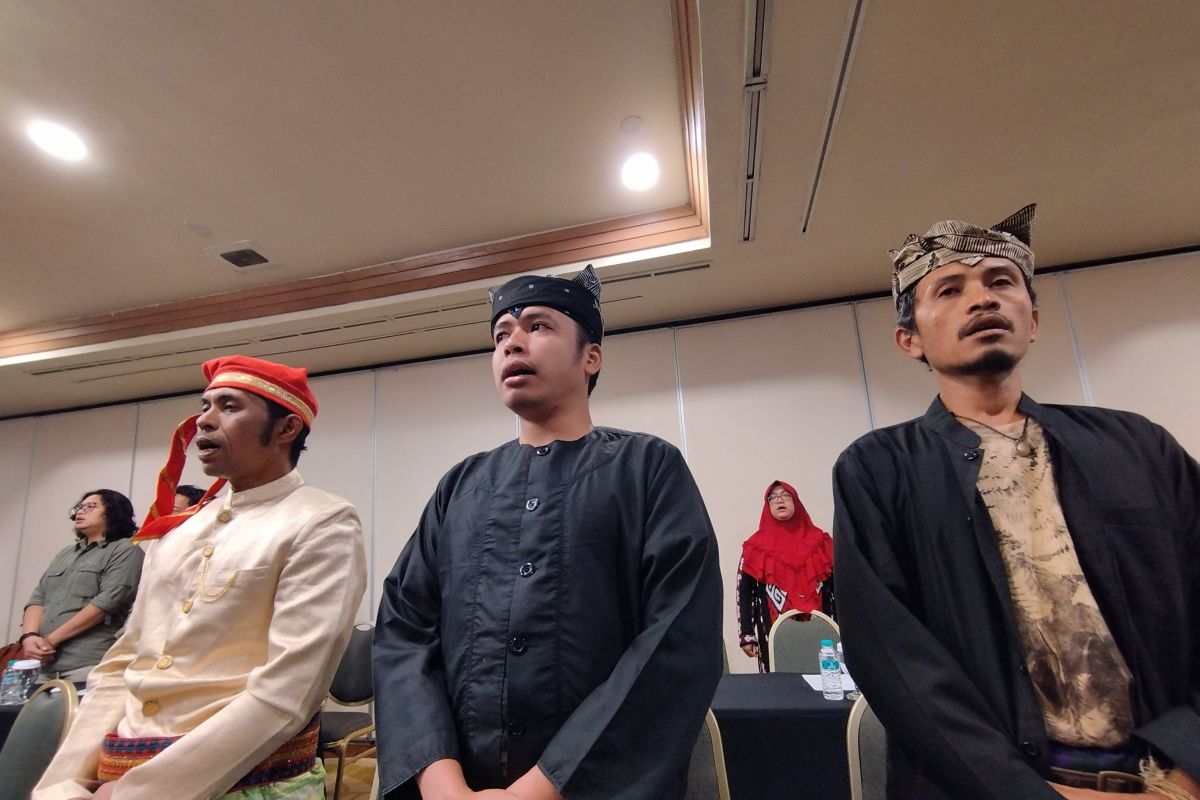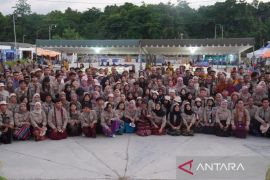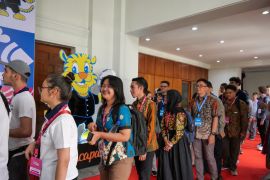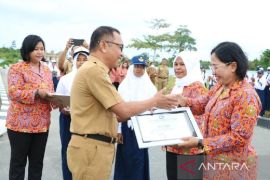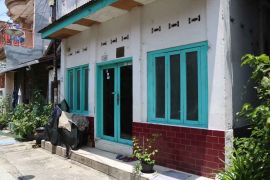Acting director of community education and special education at Kemendikbudristek, Aswin Wihdiyanto, said that to meet its target for reducing illiteracy rates in 2020–2030, the government could utilize traditional schools by using their respective local wisdom approach.
"Previously, there was an explicit illiteracy program for indigenous communities, but we no longer carry out that program. But there is still a program to eradicate illiteracy, and this program is more holistic, including for indigenous communities," he informed at the Indigenous Community Education Discussion in Jakarta on Wednesday.
Apart from eradicating illiteracy, traditional schools could serve as a bridge to improve the quality of life of the community, he added.
The illiteracy alleviation program, he said, could help people to take part in the Equivalence Education program so that they can get a diploma.
"Because this illiteracy program is a bridge into Program Packages A, B, and C (Equivalence Education Program). When you finish, you get a diploma," he expounded.
According to Wihdiyanto, in 2022, the number of illiterate in the 15–59 age group reached 2,666,859, or 1.5 percent of the total population.
He said that under the strategic plan for eradicating illiteracy by 2030, the government is targeting to reduce the figure to 0.40 percent, or by 681,967.
He added that the government's strategy to eradicate illiteracy includes updating data, contextual and functional learning, regional government commitment, encouraging regional regulations, and involving traditional community leaders as well as stakeholders.
Related news: Government targets under one percent illiteracy rate by 2024
Related news: Indonesia's illiteracy rate down to 1.71% in 2020: ministry
Translator: Ahmad Muzdaffar, Cindy Frishanti
Editor: Azis Kurmala
Copyright © ANTARA 2023
